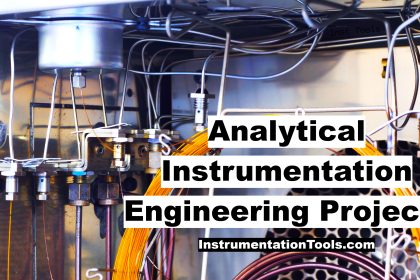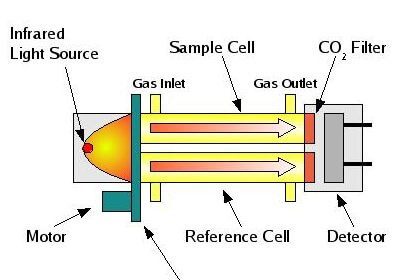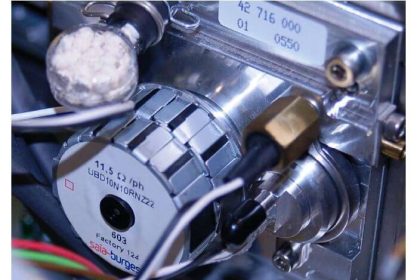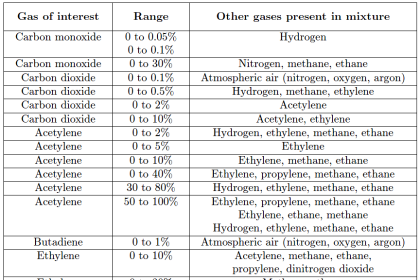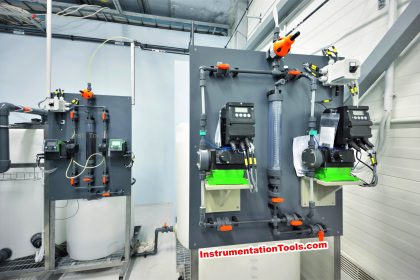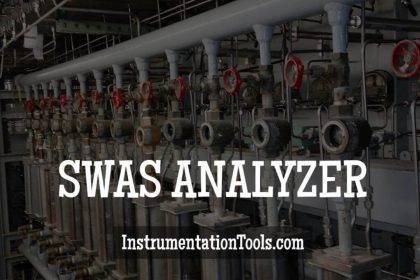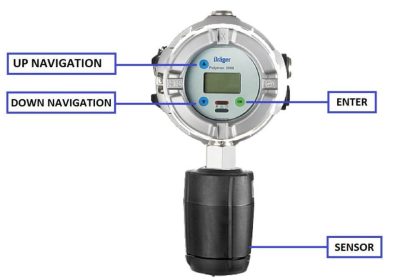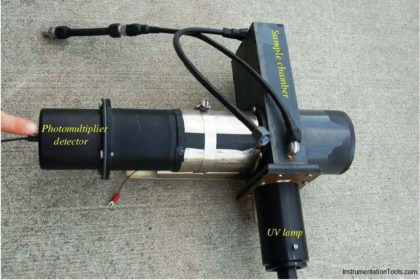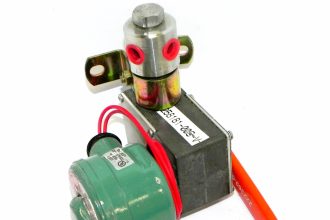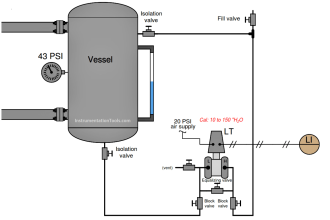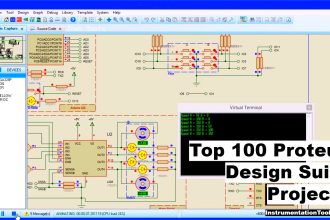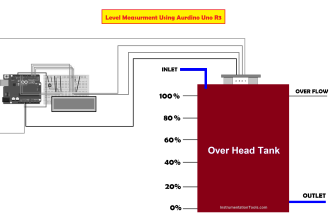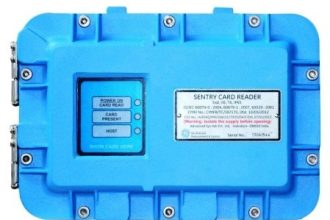In a cement plant, we use kilns for processes like hardening, drying, or chemical changes. It is nothing but a baking oven that can be compared to the domestic ones we use at home. Practically, kilns take various gasses in the inlet for the process required, like carbon dioxide, oxygen, nitrogen oxide, sulphur dioxide, hydrogen chloride, etc.
However, it is required to maintain the proper proportion of these gasses, otherwise, the combustion process inside the kiln will not work properly. For this, a device called a kiln inlet gas analyzer is used. In this post, we will see the concept of a kiln inlet gas analyzer.
What is the function of a kiln in a cement plant?
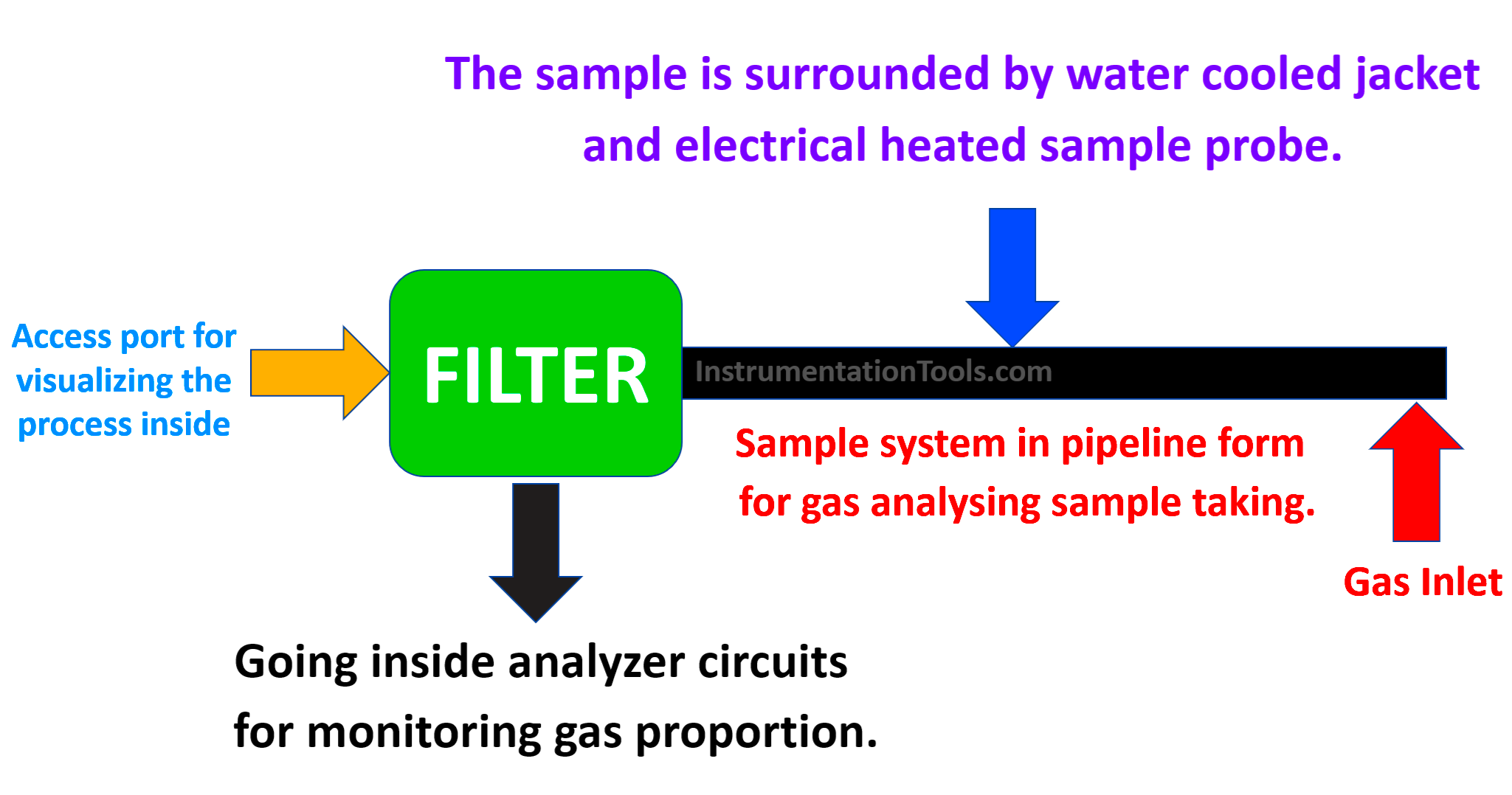
First of all, do you know what a kiln is? A kiln is a rotary baking oven that is used for processes like drying, heating, combustion, and calcination. The kiln is the place where the raw material (limestone, slates, or shale) is burnt using chemical processes at a very high temperature, and the combustion process takes place to further aid the products manufactured like cement, lime, and titanium (by producing clinker which is a semi-finished product for further use in cement production).
It is similar to how you bake a cake in an oven, by hardening the soft and porous material. But here in the kiln of a cement plant, gasses are used inside the oven to harden the inlet porous material coming at the inlet. The kiln is rotary in nature and rotates at a slow speed at its longitudinal axis.
Due to the weight of the incoming material, it settles down during rotation and undergoes high-temperature heating inside along with the gasses coming (the gas can come from either outside or generated inside through fuels like gas oil, petroleum coke, or pulverized coal).
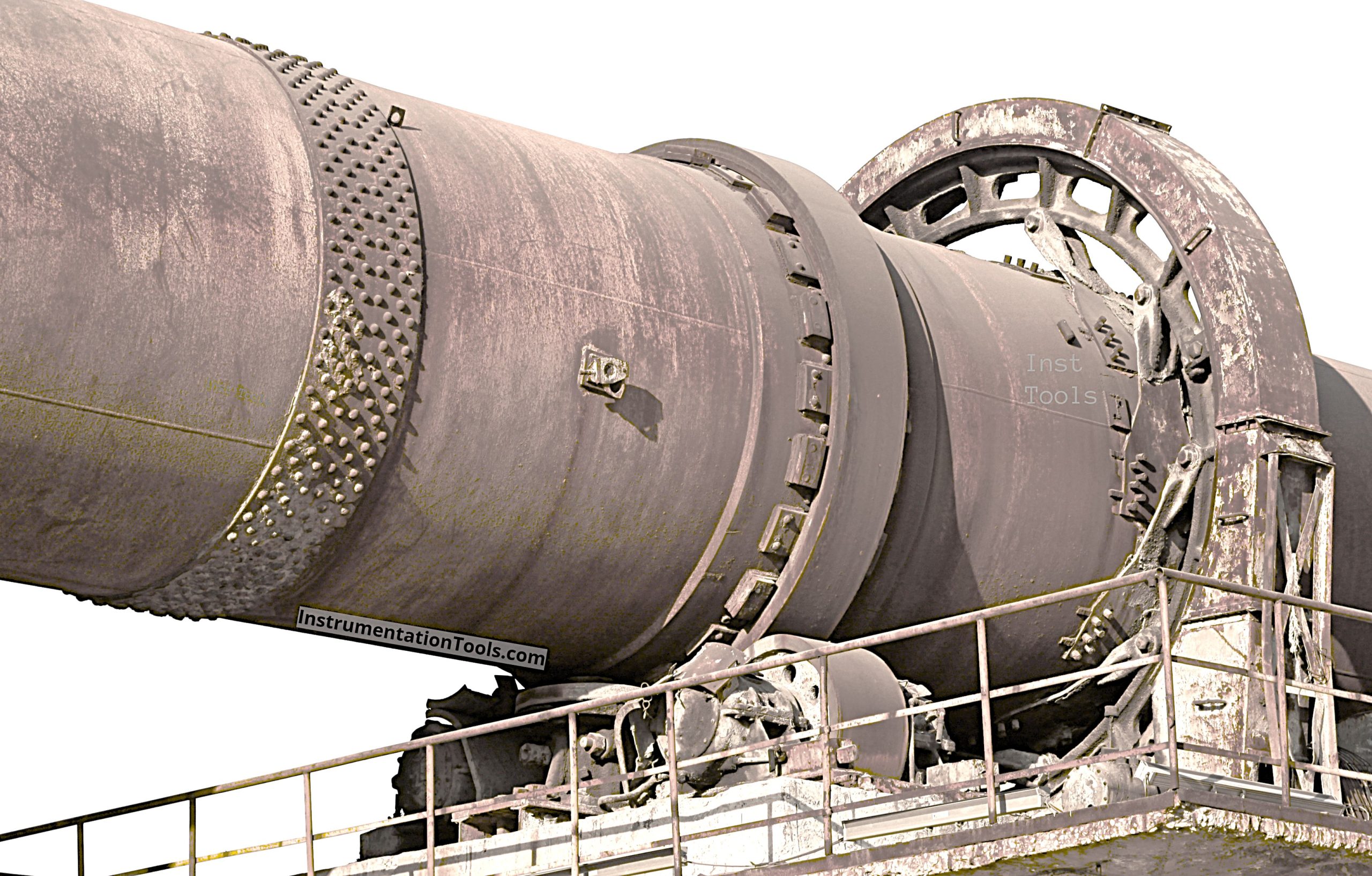
Why is a gas analyzer required at the kiln inlet?
First of all, let us see why an analyzer is required for the gas inlet. If you do not know the correct amount of gas mixture entering the kiln, it will result in improper combustion and in short, a failed product.
Oxygen levels must be maintained to remove the risk of explosion or build-up of hazardous carbon monoxide. Failed gas proportion can result in huge downtime and a loss in business turnover. Proper gas mixture helps in the correct amount of combustion, thus saving your fuel consumption and lower production costs.
Also, if oxygen levels are maintained, then the pollution level of the kiln automatically comes down. So, if you analyze the gas continuously, you can make changes in the running process whenever required to adjust the correct quantity. Incorrect gas proportion also increases the risk of the internal structure of the kiln getting weak and corrode quickly.
What is the working principle of a gas analyzer?
Refer to the below image. The gas flowing through the kiln will also enter the analyzer filter at the same time through the sample pipeline. The filter will remove any bad particles from the gas and pass it to the analyzer circuits and measurement units inside the analyzer box. The access port is optional and depends on the manufacturer, as it is used to visually see the gas flow happening inside.
The gas enters the pipeline through a probe, which must be cleaned on a regular basis. The probe is the part which will take a small amount of gas from the same gas going inside the kiln. After the filter, the gas cannot be directly fed to the electronic circuit analyzers, as it can have some moisture. So, its dew point is reduced which makes the gas dry for sampling.
After the moisture has been removed, the sample gas is cooled down and fed further to the analyzer unit. Here, the oxygen concentration of the gas is monitored for a time and then drained outside after sampling has been done. The value is displayed and it helps the engineer to continuously monitor the gas concentration flowing inside the kiln.

Compressed air is also passed through the filter after regular intervals, in a backflush manner (meaning in the opposite direction to the flow of the gas in the pipeline). This cleans the filter too. A cooling jacket is required for the probe (cool water flows through the jacket), as it will intake a very high-temperature gas.
The cooling water flow is controlled by an external control or PLC panel. Also, the whole pipeline must be heated at a certain temperature, so that the water and gas cannot condense. The probe can be cleaned either automatically or requires manual intervention, depending upon the manufacturer.
Apart from oxygen, other gasses too can be monitored inside the analyzer unit, like carbon monoxide, methane, nitrogen oxide, and sulphur dioxide. Oxygen is measured by a zirconium oxide sensor.
In this way, we saw the working of a kiln inlet gas analyzer.
Read Next:
- Oxygen Gas Measurement
- Carbon Dioxide in Flue Gas
- pH Analyzer Common Problems
- Troubleshooting Oxygen Analyzer
- Cell Constant in Conductivity Analyzer
